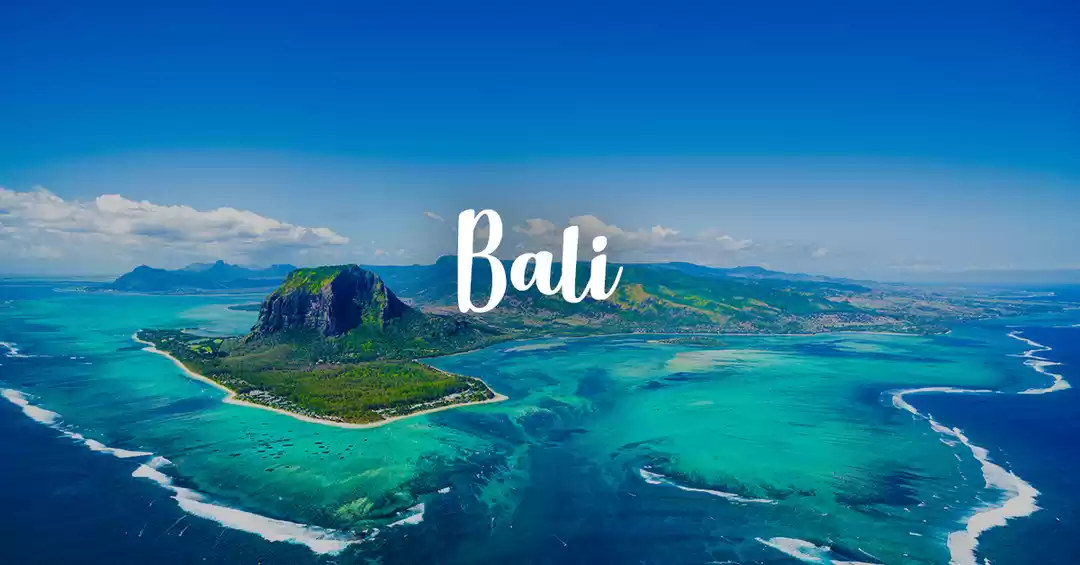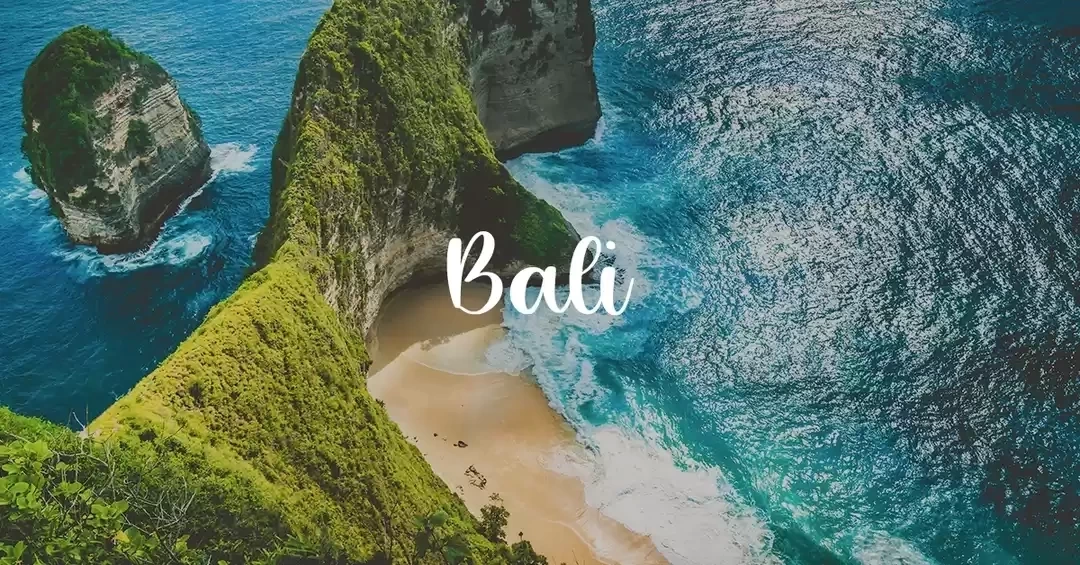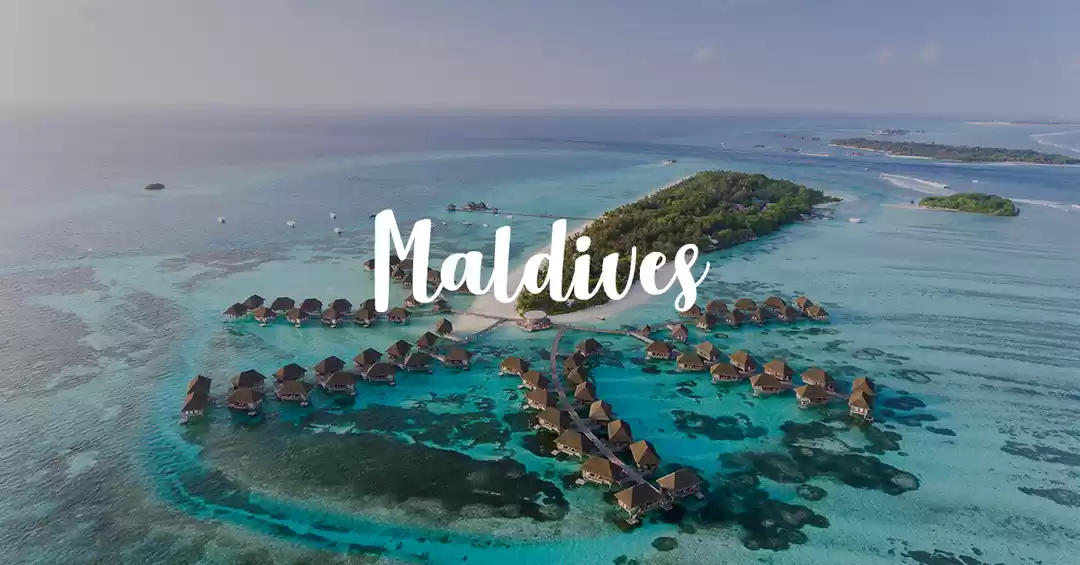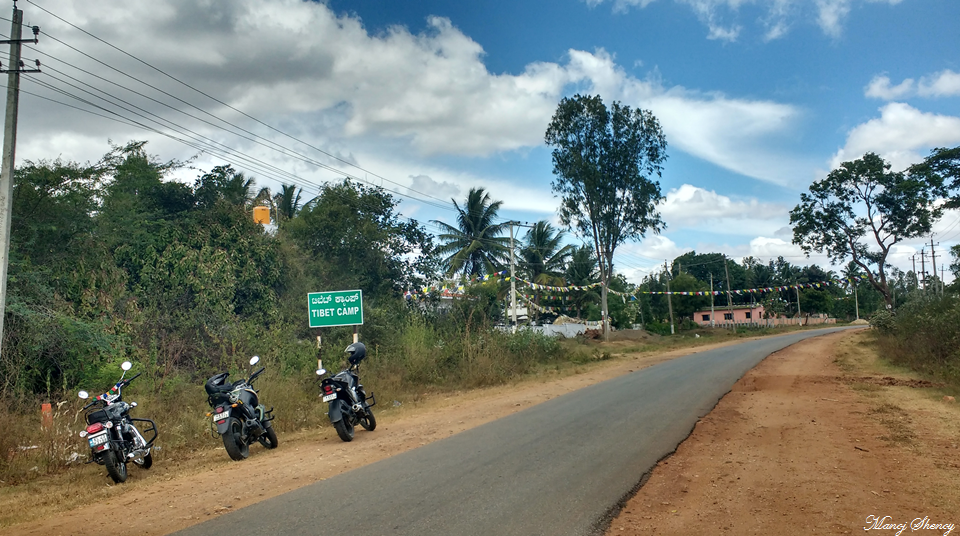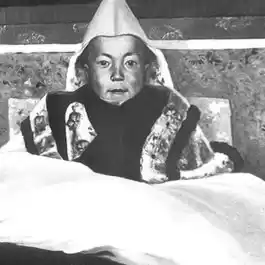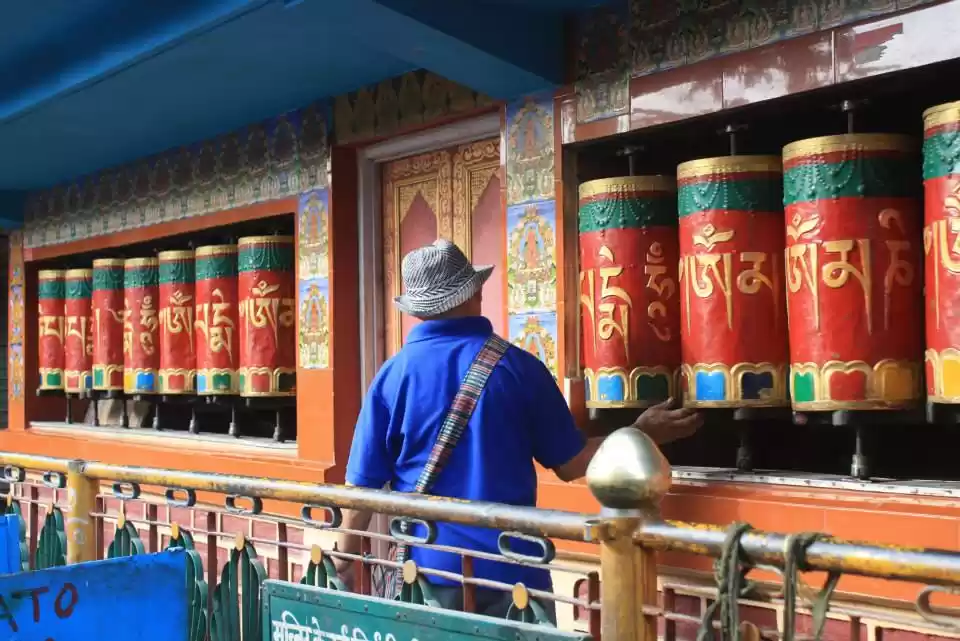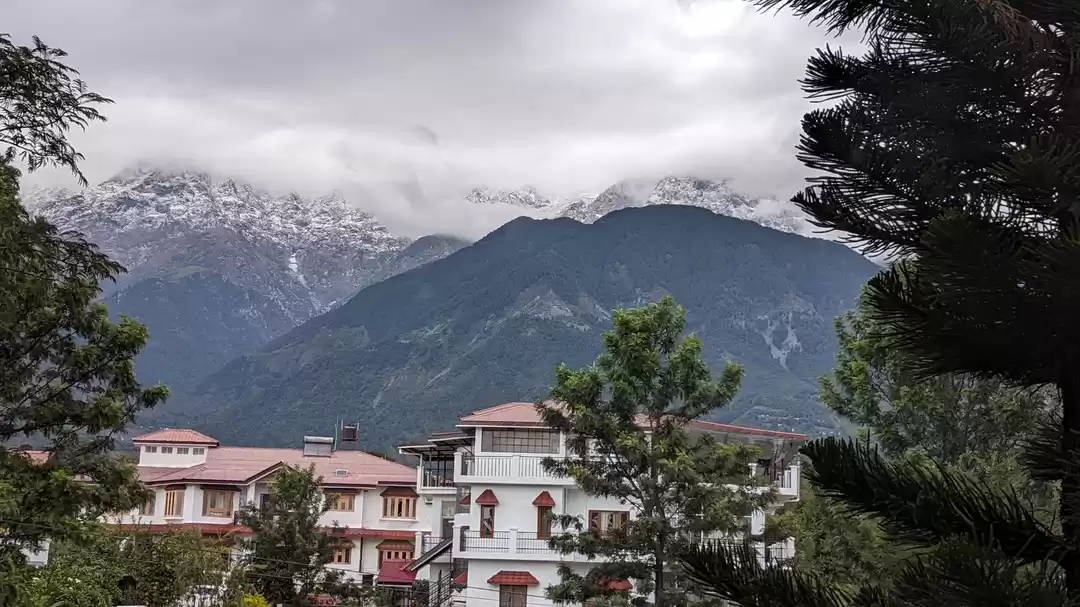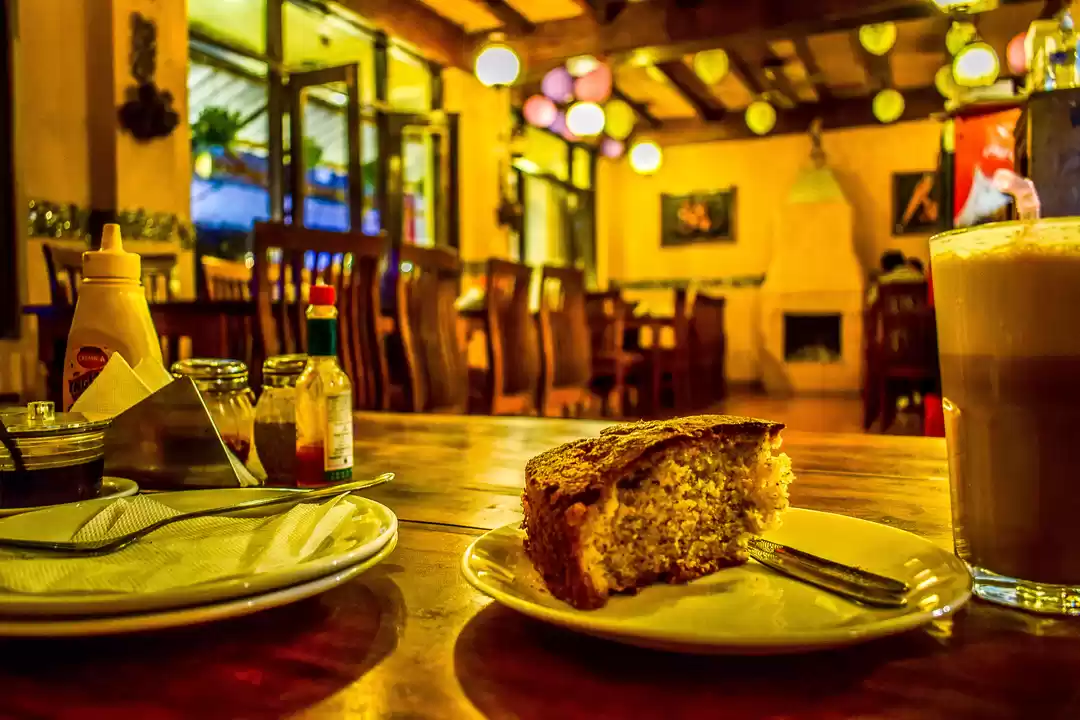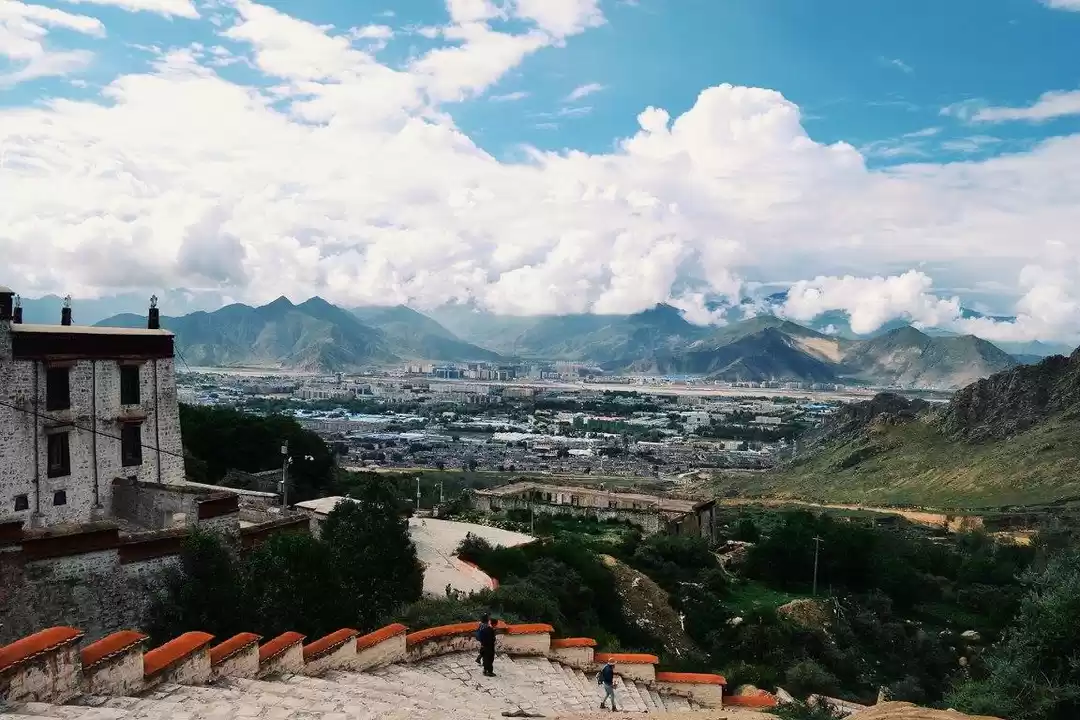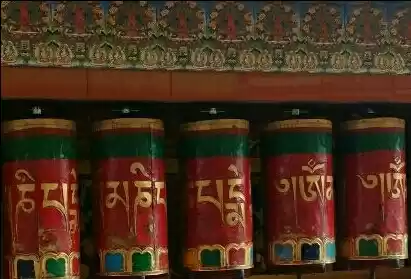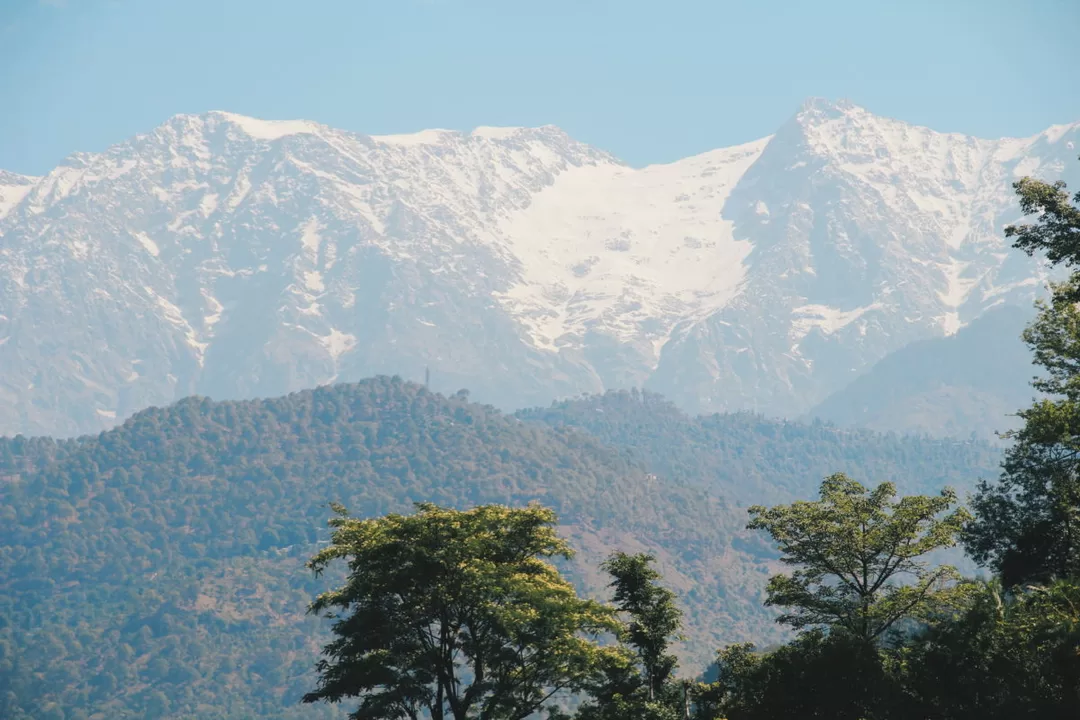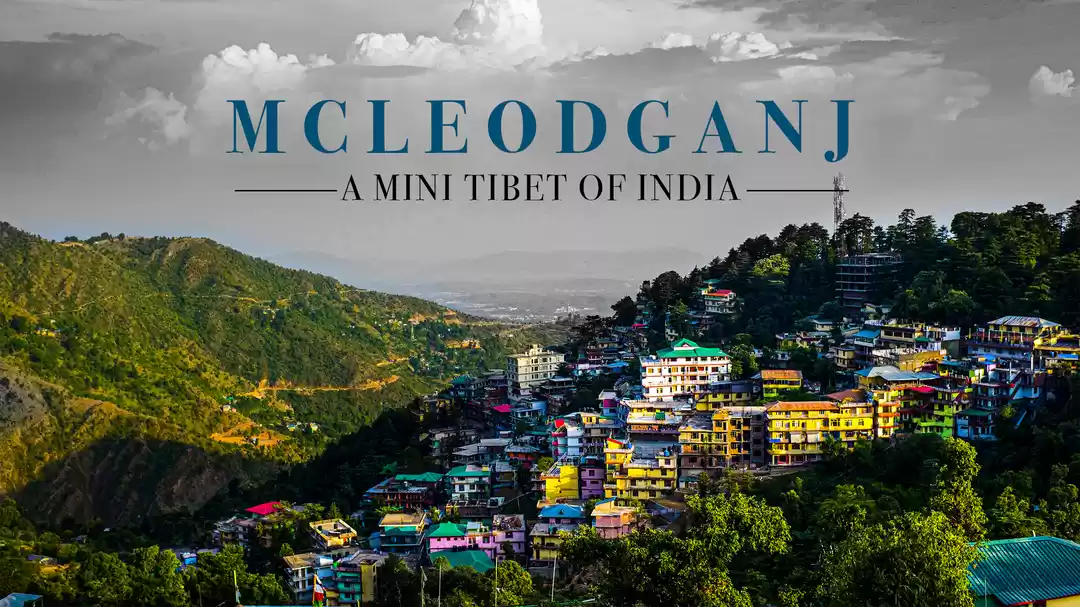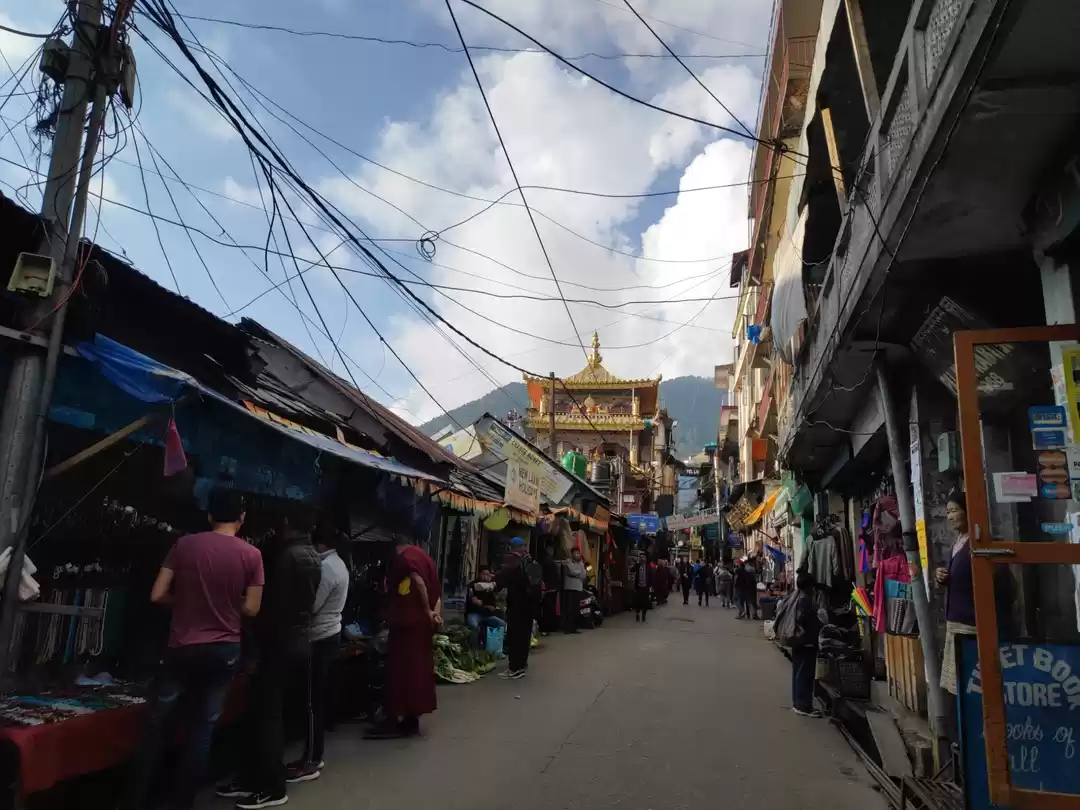
"There's a Tibetan word for it.
It's called 'Bardo'. It literally
means "in between states."
The state between life and death.
'Tibet' a mystical land of buddhism, land for seeking spirituality;but most important the land of 'Dalai Lama' and his people; snatched by the ideologies of power and glory. '1959 Tibetan rebellion' a revolt which changed the history and future of Tibet and its people. Nearly 87,000 people laid their lives for the freedom of the country. The revolt had cost Tibet and its people everything;from the right to live and the freedom of write and speech. Above all, the chinese ideologists had one propaganda, to abolish the buddhism from the land and impose their communist way of living which was non-acceptable by the people of Tibet and their spiritual leader. And so left with no option but seeking asylum in the neighbouring countries where they could live a life of emancipation. In the same year Dalai Lama and few Tibetans fled to India in the fear of persecution from the Chinese officials. At present Tibetans are spread across the country,and Dharamshala is the political capital for the Tibetan government in exile. On my way to Mcleodganj monastery I came across a small building which was designed as a tibetan historical museum. For those of us who are unaware about the history of the tibetans and thousands of questions lingering our mind; the visit to this museum is a perfect answer for all our doubts.


To the entry of the museum there is a cultural map of Tibet presenting its tribes across the country. Surprisingly a country bigger than Nepal and Bhutan has only three states: U-tsang, Amdo and Kham. Due to the lesser sources available at present there is not much information given about the food cultivation or classified cultural hierarchy of Tibet. As the main principle of this museum is to present the Tibetan Diaspora of the people living as a refugee in India. It can be said as 'Holocaust Museum' of Tibet where we can witness the pain and suffering of each and every person who mourn over the loss of their motherland and the loved ones and an eye opening fact about how tyranny and cruelty of the minds lead to the path of destruction.


Within the museum there are murals and portrait pictures of Tibetan people which shows their struggle for an attempt to protect their homes from the chinese enemies. The panels are put up to explain the chronological steps taken by chinese to invade Tibet. The most interesting fact is that each panel has a story to say and a message to convey to the people that- violence may oppress a person but cannot choke the voice of the millions who demand the freedom of Tibet. It is said that the chinese government claims Tibet to be a part of China. However the people of Tibet strongly oppose the claim and they say that the country has always been a free land;and till date the freedom movement is still ongoing in China occupied Tibet.



Handcuffs,weapons, artilleries and blood stained clothes;I think these are enough proof that show how people are slain just with a purpose for an expansion of a territory and power; where lives don't matter, emotions of people doesn't matter and which makes us think that how a peace loving country where humbleness, kindness and love ingrained in the hearts of its people is brought to terror. Surprisingly many few of us know what happened to Tibet and honestly many people are keen to visit monastery but never come across such places where the actual truth resides. Although the museum has eleven exhibition titles but among them the "1959 Tibetan Movement" panel is a must see.


If a person wants to know more about the history, having a conversation with a Tibetan is a must and adds a good memory to your journey with their humble and kind nature. Visit to the museum has made me realise that a journey you embark to a particular place is not just about taking a delight over the scenic beauty or architecture or food;but always be earful about the tales relevant to the place and eyes open to witness the incidence of those tales. Mcleodganj will always make me realise that here the people of Tibet are still living in a state of 'Bardo' a state of emptiness. It's not only about the conflict between Tibet and China going for years; there are examples we witness in today's world too and which has delivered a message that oppression and violence brings no good ; and every community deserves respect and freedom to lead the life as per their beliefs and wish. The journey to Mcleodganj did add another chapter to my travelling life;'a journey to free Tibet'.
Address: The Tibet Museum ,H H Dalai Lama Temple Complex near Namgyal monastery , Mcleodganj, Dharamshala Himachal.
Travel: By road( personal vehicle much preferable)
Accomodation: Nechung Monastery, Kirti Monastery,Namgyal Monastery
Total Budget: 2500/- (if by public transport)
7000/- (if vehicle on rent)







